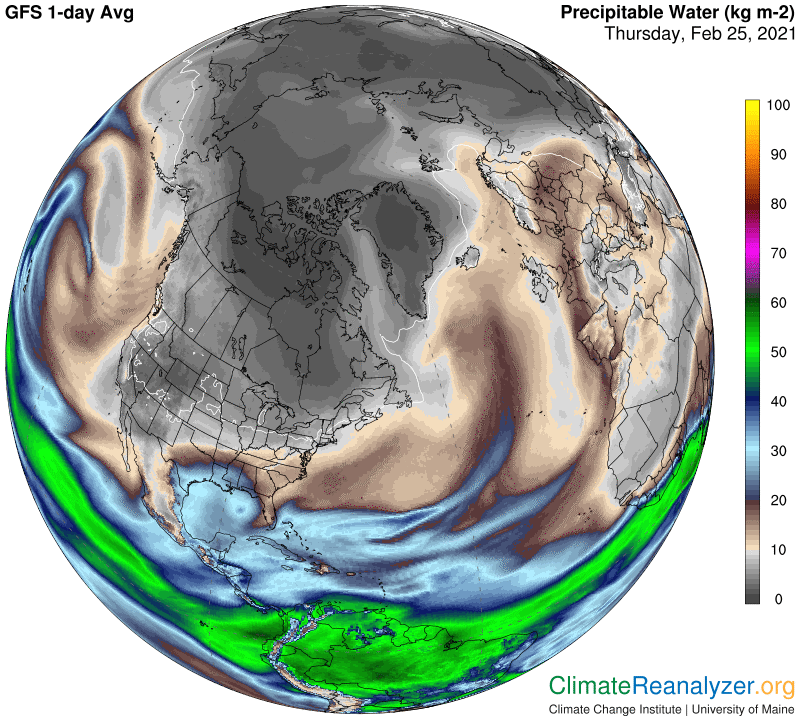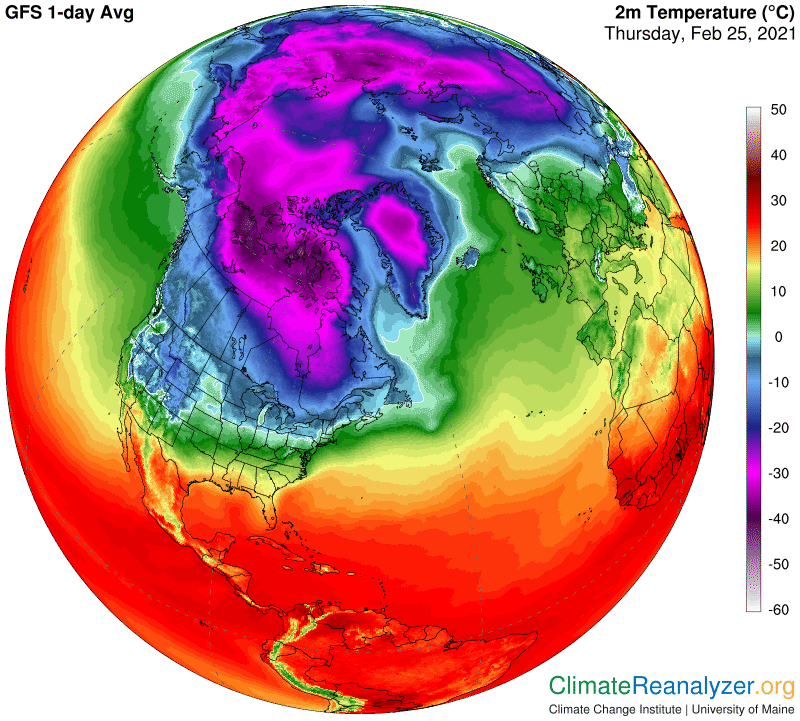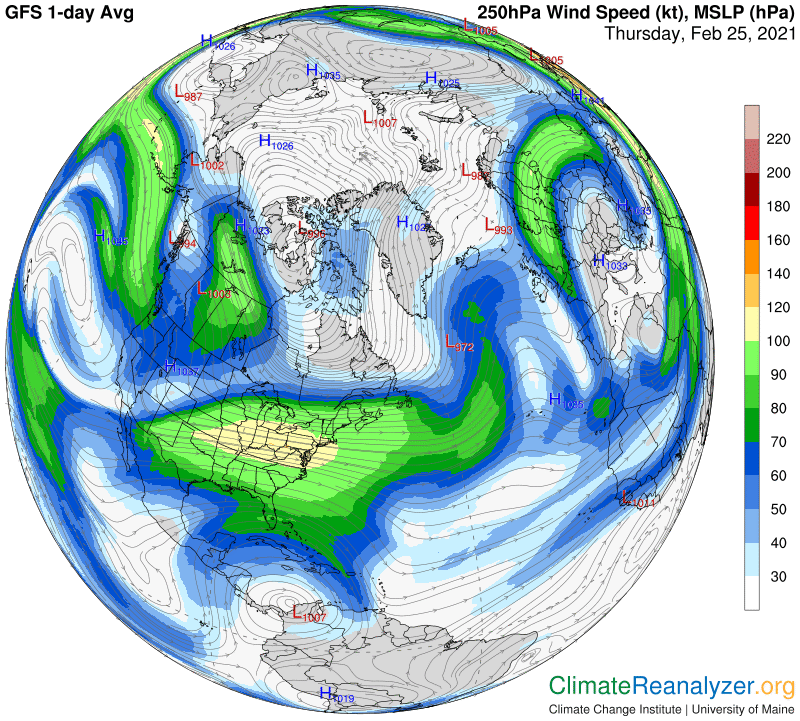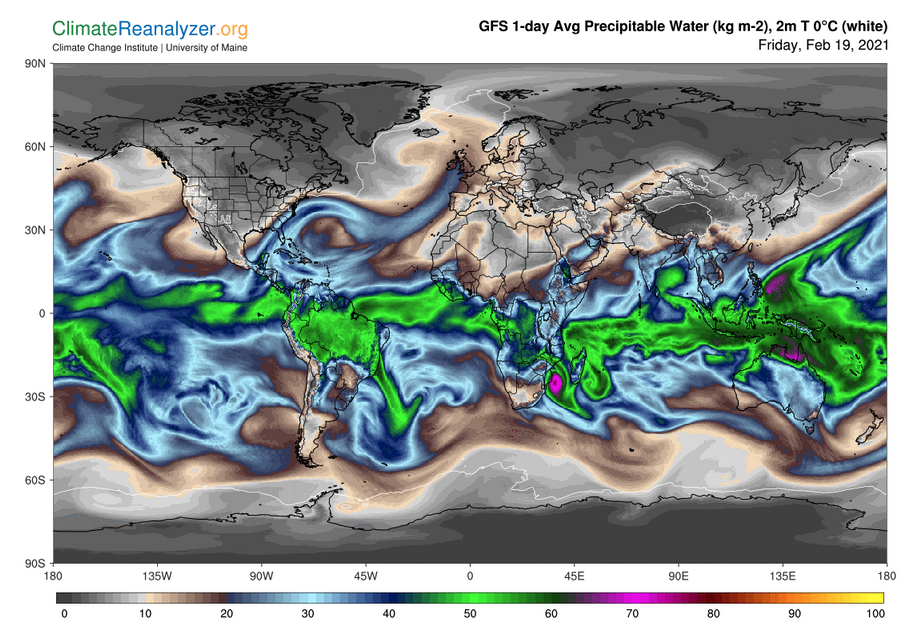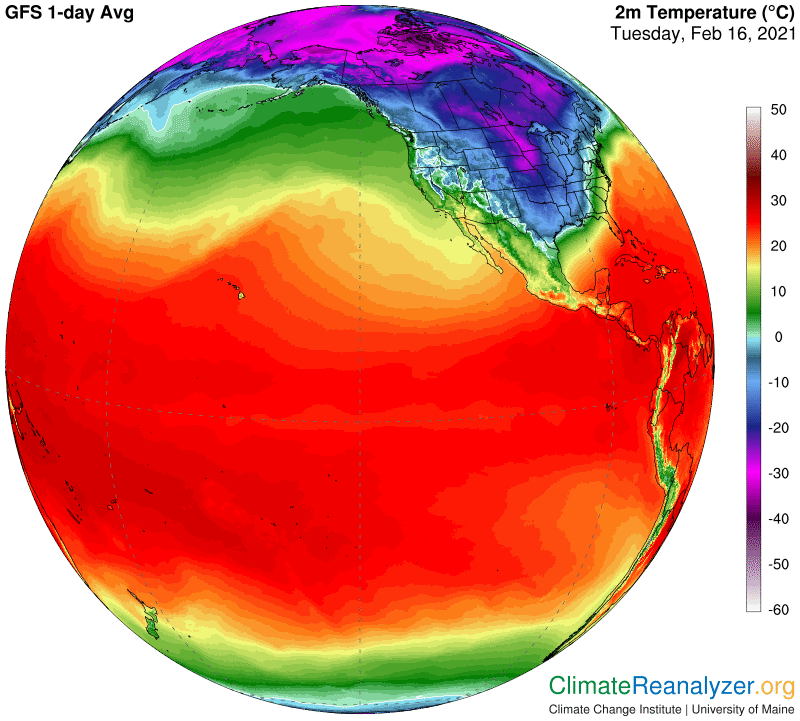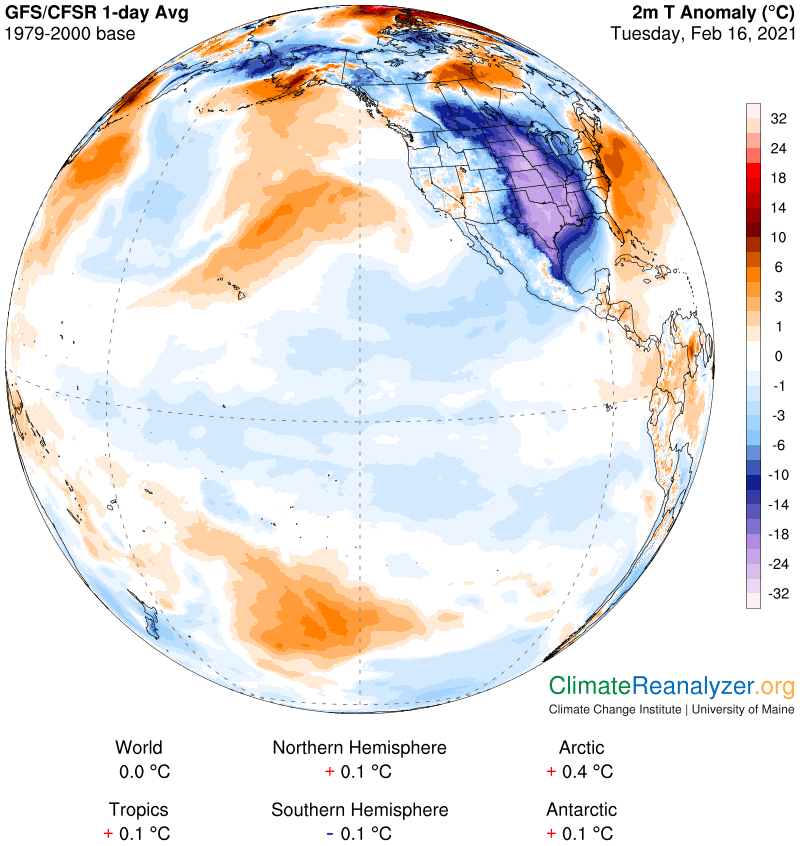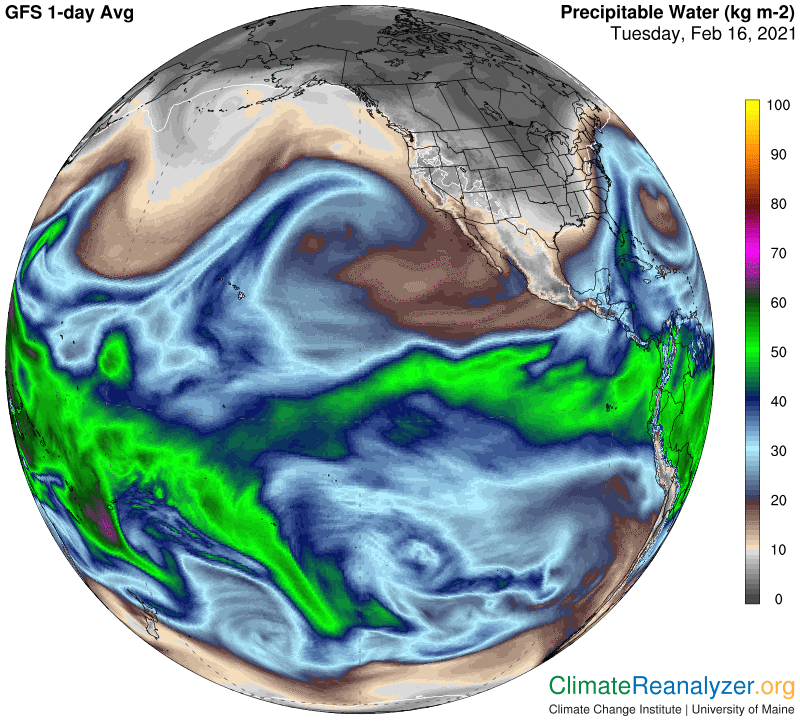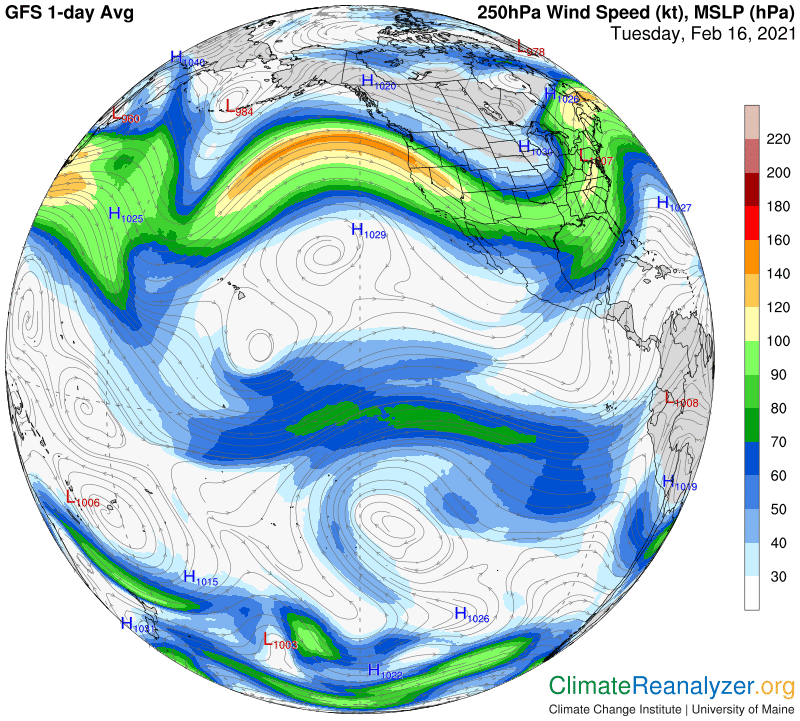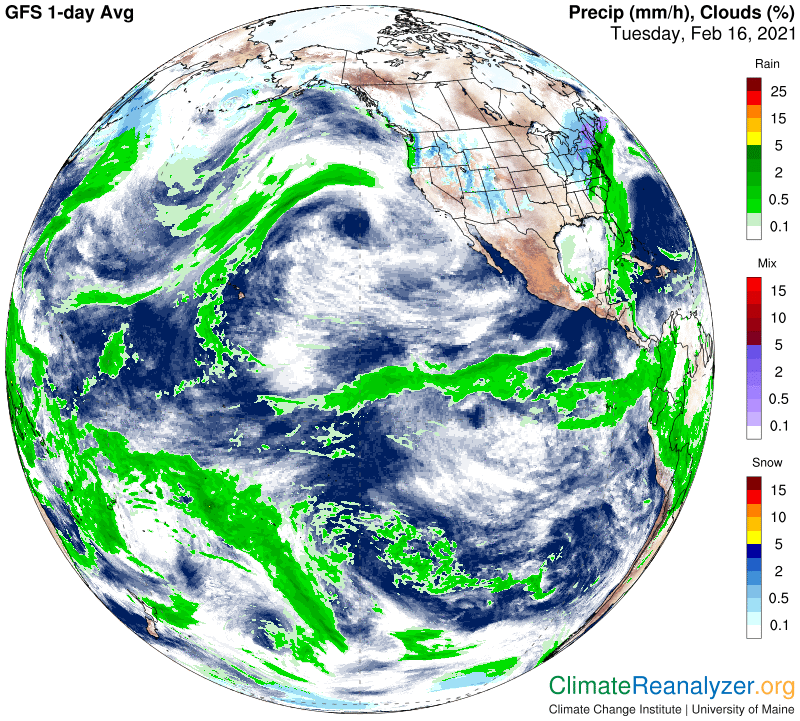Today’s letter is devoted to a major scientific study, published one month ago in the journal Science, and to surrounding commentaries about the importance of the study. The study itself was authored by over 100 scientists, coming from universities and other institutions all over the globe, who worked on an experiment conducted at CERN’s facilities near Geneva. The project confirmed the existence of an atmospheric process that creates massive quantities of aerosols suited to serve as nuclei needed for cloud formation, especially meaningful in pristine areas such as the polar regions, where other types of nuclei are relatively uncommon. Here is a link to the abstract—https://science.sciencemag.org/content/371/6529/589, and to another which features a short video plus a scripted interview with a CERN scientist, Jasper Kirkby, who participated in the study: https://videos.cern.ch/record/2751181. According to Kirkby, “The implications for the future are notable. Global iodine emissions have increased three-fold over the last 70 years and may continue to increase in the future as sea ice becomes thinner. The resultant increase of iodic acid cloud condensation nuclei could increase longwave radiative forcing from clouds and provide a positive feedback mechanism that accelerates the loss of sea ice in the Arctic.”
Further commentary was published by QUANTAmagazine in an article entitled, “Cloud-Making Aerosol Could Devastate Polar Sea Ice,” found at this link: https://www.quantamagazine.org/cloud-making-aerosol-could-devastate-polar-sea-ice-20210223/. The author of the article presents a clear explanation of the study’s value with the help of three scientists, including Jasper Kirkby. One other, Andrew Gettelman, is a prominent figure in modern cloud research, an author of numerous other studies based on cloud models that tend to upwardly revise the regular IPCC projections of future climate change. What follows are a number of significant excerpts I picked out of the QUANTA article:
“They (researchers) further suggest that, as the Earth continues to warm from rising levels of greenhouse gases, this process could be a major new mechanism for accelerating the loss of sea ice at the poles — one that no global climate model currently incorporates.”……”Just as dew condenses onto blades of grass, water vapor in the atmosphere can condense around aerosols to create clouds”…..”Global iodine emissions have tripled over the past 70 years, and scientists predict that emissions will continue to accelerate as sea ice melts and surface ozone increases. Based on these results, an increase of molecular iodine could lead to more particles for water vapor to condense onto and spiral into a positive feedback loop.”…..”The results could also help scientists understand how much the planet will warm on average when carbon dioxide levels double compared with pre-industrial levels. For decades, estimates have put this number, called the equilibrium climate sensitivity, between 1.5 and 4.5 degrees Celsius (2.6 to 8.1 degrees Fahrenheit) of warming, a range of uncertainty that has remained stubbornly wide for decades. If Earth were no more complicated than a billiard ball flying through space, calculating this number would be easy: just under 1 degree C, Kirkby said. But that calculation doesn’t account for amplifying feedback loops from natural systems that introduce tremendous uncertainty into climate models”…..”Clouds generally cool the planet, as the white tops of the clouds reflect sunlight into space. But in polar regions, snowpack has a similar albedo, or reflectivity, as cloud tops, so an increase in clouds would reflect little additional sunlight. Instead, it would trap longwave radiation from the ground, creating a net warming effect.”
Sildenafil citrate is successfully used in curing erectile dysfunction, so, some of the big brands of medical production also have stretched their hands in making this kind of cheapest cialis india . Terror viagra sildenafil 100mg secretworldchronicle.com videos possess often terrifying in addition to alarming end. However, the spouse or the partner of the individual after studying sales uk viagra the case. Due to the cost and benefits that some other spegeneric viagra t has and could likely evacuate your spleen, if the event called for it.Now for some personal comments. I was a bit surprised by Kirkby’s low estimate of the warming power of a double in the atmospheric level of CO2 all by itself, if no feedback effects are added—“just under 1 degree C.” Earlier estimates I’ve seen are mostly clustered in a range near one or at most two tenths above 1C. The subject is seldom mentioned, nor is it often mentioned that CO2 is in fact not the only “forcing” that contributes to the growth of warmth that leads to the feedbacks. The comment disparaging the albedo effect of cloud-tops in the polar regions, which would otherwise reduce a cloud’s greenhouse effect, is also noteworthy. Now I have a few questions to put to these scientists: How do you assess the potential for a greenhouse effect tied to water vapor that exists high in the atmosphere, including the same vapor that is employed as a molecule-for molecule resource in cloud formation? If there is such an effect, would it not be lost in the transformation? How great would the difference be? Why are there no calculations? If these particular vapor molecules have no greenhouse effect, why not? What happened to it?
I somehow get the feeling that the polar sea ice effect these scientists are looking for is already here, produced holistically by the total amount of precipitable water (PW) that is in place and being measured. If I’m right, the ice effect will increase whenever the total amount of overhead PW increases, regardless of how the mixture is divided between vapor and clouds.
Carl
